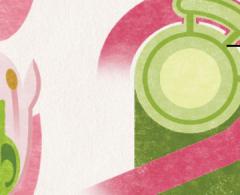
This Article From Issue
November-December 2019
Volume 107, Number 6
Page 323
To the Editors:
Kudos to Islam Hussein for his debunking of a dangerous medical myth, at considerable personal risk, in his article “Science Communication Lessons from ‘Kofta-Gate’” (Science Communication, July–August). The Kofta-Gate delusion preyed on scientifically illiterate and medically underserved elements of a population in a nation where authoritarian rule tends to stifle the spirit of independent thought.
A similar scandal played out recently in the United States. Despite the dubious qualifications of its founder and the fantastic claims for its technology, Theranos Corporation attracted many normally savvy investors. [Theranos marketed “lab-on-a-chip” technology for blood tests. Its claims were debunked and its founders charged with fraud in 2018.] The difficulty of assaying numerous factors in tiny samples was one of many red flags.
How did the forces of greed and wishful thinking delude so many in a country so advanced in medical technology? What of the ever-expanding role of black-box “proprietary” technology, a tendency perhaps best called Artificial Ignorance? Hussein’s investigative work has deep relevance for the United States.
Jeff Freeman
Rahway, NJ

American Scientist Comments and Discussion
To discuss our articles or comment on them, please share them and tag American Scientist on social media platforms. Here are links to our profiles on Twitter, Facebook, and LinkedIn.
If we re-share your post, we will moderate comments/discussion following our comments policy.